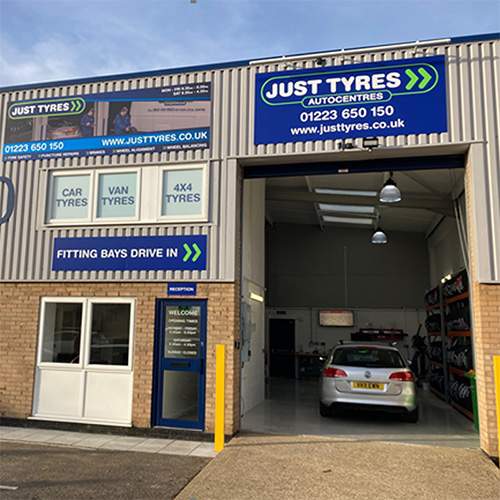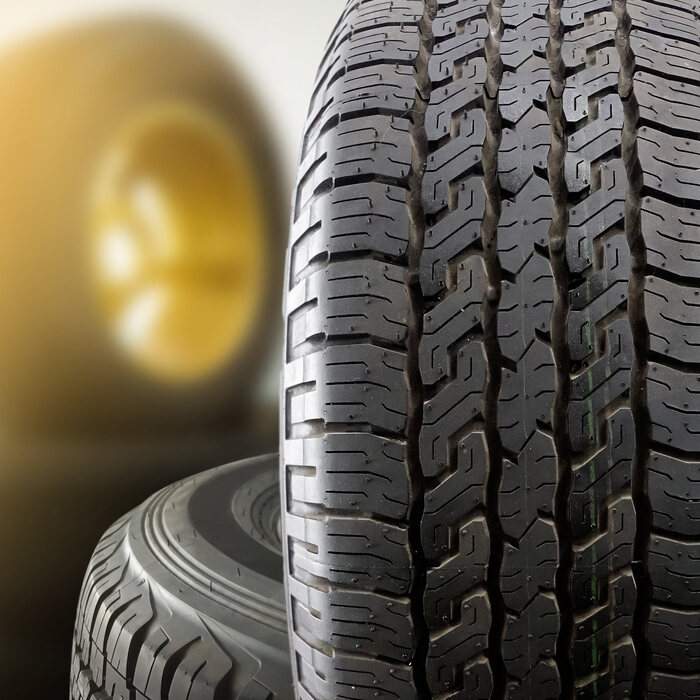WHAT ARE RUN FLAT TYRES?
What are run-flat tyres?
Run-flat tyres are designed to allow you to safely drive a vehicle for a limited time or distance in the event of a puncture. Thanks to their reinforced sidewall, they’re strong enough to hold the weight of a vehicle when there’s little or no pressure.
This means you don’t need to pull over and change your tyre at the side of the road or wait for roadside assistance. You can finish your journey and arrange for the tyre to be replaced when convenient for you.
How to identify run-flat tyres
Some manufacturers now fit all new cars with run-flat tyres, however, you may not necessarily know whether or not this applies to your car.
Cars fitted with these tyres will be fitted with a TPMS (Tyre Pressure Monitoring System) which can quickly spot when there’s been a drop in tyre pressure, and alert you.
To identify whether your car is fitted with them, you should be able to check the markings on the tyre sidewall. Unfortunately, there are no universal run-flat tyre markings or codes, so each manufacturer has adopted its own unique identifier.
Examples of these codes include:
Continental: PremiumContact 6, CrossContact UHP
Goodyear: Wrangler HP, Eagle Sport All Season
Michelin: Pilot Sport 3, Primacy 4
Refer to the manufacturer’s website to check this code (or symbol) and identify whether or not your car is fitted with run-flat tyres.
The benefits
When we experience a flat tyre, it can be a frightening experience, especially if it occurs on a motorway, dual carriageway, or even a narrow country road.
When the TPMS alerts you that the tyre is flat, unless there’s severe damage, then there’s no need to immediately change it or call for roadside assistance. This means you don’t need to delay your journey or worry about stopping in a potentially difficult or dangerous place.
Run-flat tyres allow you to safely drive the car in the event of a puncture. Because they’re reinforced, the tyres don’t lose their shape, which means handling isn’t affected and the wheel itself isn’t likely to be damaged.
And because run-flat tyres can be driven on for moderate distances when flat, it means you’re not required to keep a spare tyre, which can save space, money and a little bit of weight.
How do you know if a run-flat tyre is punctured?
After being alerted by the TPMS via the central console that there’s been a drop in tyre pressure, it’s recommended that you stop and check your tyres at your earliest convenience to ensure there is no significant damage (if they have a puncture they won’t appear flat).
After clearing the TPMS alert, if the tyre has a puncture then the system will likely alert you quickly.
Safely driving on a punctured run-flat tyre
Each manufacturer will recommend a maximum speed and distance for a run-flat tyre, so you should check their guidelines. This is usually somewhere between 30 to 5omph and 25 to 200 miles.
Can you mix run-flat tyres with normal tyres?
No, you can’t use them alongside standard tyres at the same time.
Nor should you use standard tyres on a car manufactured to use run-flat tyres. Their suspension is designed to deal with the increased weight, and by using standard tyres the vehicle will feel ‘bouncy’ and handling will be affected.
In the event of a flat, you’re also unlikely to be carrying a spare (some cars don’t have room to carry a spare), which can lead to expensive roadside assistance or towing costs.
TPMS is another reason not to use standard tyres, and doing so could mean that a slow puncture will not be recognised by the system.
Using standard tyres on a vehicle designed for run-flat tyres may also invalidate your insurance.
What’s the lifespan of a run-flat tyre?
Run-flat tyres will generally last as long as standard tyres. While in the event of a puncture they won’t go flat, they’re still susceptible to the usual wear.
To ensure your tyres are road legal, it’s recommended that you check them regularly.
Can you repair run-flat tyres?
No, they can't be repaired. They’re safe to drive while flat for a certain period of time, however, as previously mentioned, this is finite.
For safety reasons, and because it’s not possible to check the distance a car has been driven on a flat tyre, when a puncture occurs, the tyre must be replaced.
How much do run-flat tyres cost?
They’re generally more expensive than summer tyres, winter tyres, and all season tyres. However, because they don’t go flat and therefore don’t need to be changed immediately, you only need to buy 4, and don’t need to carry a fifth with you.
Do I need run-flat tyres?
If your vehicle isn’t fitted with a tyre pressure monitoring system, then it’s likely that your car doesn't have run-flat tyres. However, they have been in use since the 1980’s, and they’re becoming increasingly more popular and common.
Check with your manufacturer to see if your car is fitted with run flat tyres. You may find you’ve been carrying that spare in the boot all this time and you didn’t need to.
Where can I buy run-flat tyres?
If you’re looking to replace your run-flats, you can buy your tyres online. Just enter your registration and find a range of tyres to suit your vehicle and your budget.






 Same Day Fitting. Order By 10:30am
Same Day Fitting. Order By 10:30am
 39 Nationwide Fitting Centres
39 Nationwide Fitting Centres
 5 Year Warranty On All Tyres
5 Year Warranty On All Tyres
 Price Check Promise. Always Great Deals
Price Check Promise. Always Great Deals

 Find a Centre
Find a Centre

